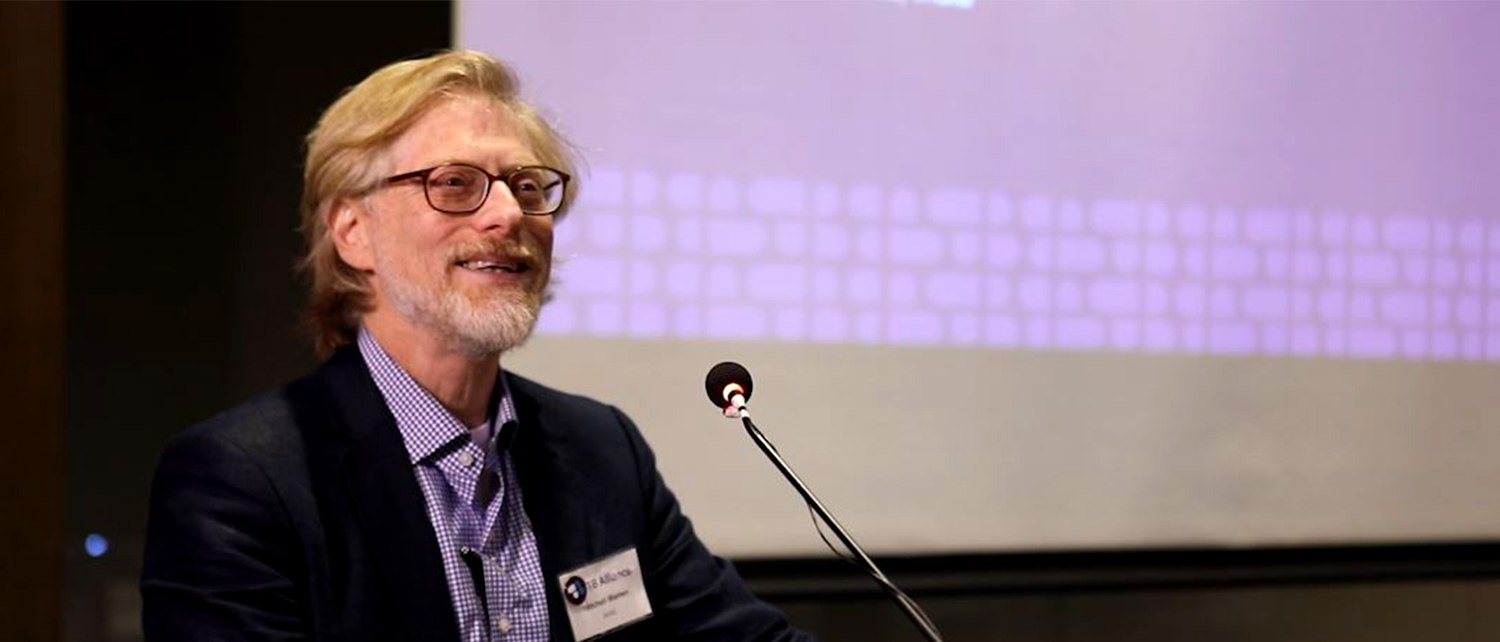We spoke with Mitchell Warren, president of the TB Alliance Stakeholders Association (SHA) about what it means for TB Alliance to have developed a new treatment for highly drug-resistant forms of tuberculosis (TB), the associated challenges with this development, and the SHA’s role in helping TB Alliance succeed.
This interview has been edited and condensed for clarity.
Where do you see TB Alliance at this stage in its development, and what are the pressing current challenges?
I think for me, one of the most interesting things is the transformations that the Alliance is beginning to make that other PDPs haven't yet. What do you do when you begin to have products that move in your pipeline from scientific ideas to actual products to be studied in large clinical trials to—lo and behold—a product that's actually approved and ready for deployment, for distribution, for access, for use, and most of all – for impact.
Regulatory approval is not the beginning of the end. It is truly the end of the beginning. We close at least that chapter of that regimen, but it opens up all these other chapters.
What role can the SHA play in helping TB Alliance succeed now that new treatments are available?
The Stakeholders Association, I hope, is there not only to inform the science, but to really inform and accelerate the delivery aspects of what comes next. Now's an opportunity to say ‘If we're going to succeed in our mission, which is not to develop a product, but to have public health impact, who are the stakeholders for the future and how do we create a mechanism that allows them to have a voice, that allows them to provide perspective to help the TB Alliance do its job?’
And, I think the Stakeholders Association will play a huge role in helping the Alliance understand what the next couple of steps need to look like, to help understand and tolerate risk and failure because we have to be in a place where, as a community, we take some bold steps forward together.
Some of this is uncharted territory. And we have to be willing, as the SHA, but also with the Alliance, to chart that path together.
How should TB Alliance and the TB field balance expanding access to new therapies already developed, while also advancing the next generation of products?
We have to be able to proverbially walk and chew gum at the same time. We have to be able to deliver on the tools and technologies that exist historically, and we need to simultaneously recommit ourselves to a robust product development pipeline for the next generation of products – because there is never just one product that's going to fix this from a treatment perspective.
In what ways do you see TB Alliance’s work as being a model that can help inform broad approaches to global health?
You have an ecosystem for research and development that didn't exist twenty years ago.
And it's not just important for the future of TB drug development. It says there is a new way to think about whatever comes next.
Because many times we talk about AIDS, TB and malaria—for fifteen, sixteen years because of the Global Fund and many other reasons, correct reasons—we talk about those three big diseases. But the idea about bringing disparate partners together, about bringing stakeholders with a shared mission together isn't unique to the Alliance or to TB; it’s how we have to think about Ebola or Zika or pathogens that we do not yet have a name for that will come our way in the years to come.
We hopefully have mechanisms now that won't have to be newly created. We have bodies of work. We have expertise. We have ways of working that hopefully will make us more responsive to product development of the future. And, as we improve on product delivery in the future, they'll also be there to deliver.


